Strumenti
Gas Chromatograph
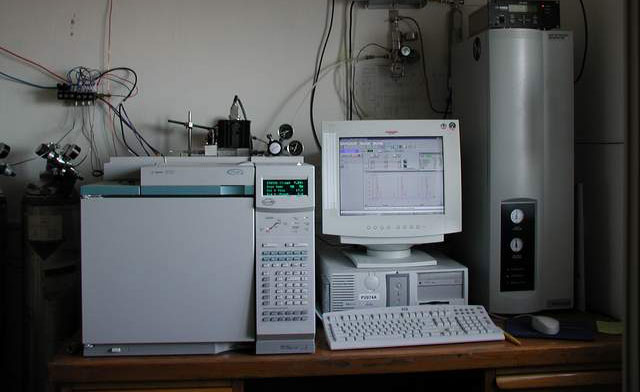
Figure 1: gas chromatograph HP 6890 used at Lampedusa Station to monitor CH4, N2O, CFC-11 and CFC-12
Sampling technique: air samples are collected at Lampedusa each Friday since 1992 in two pairs of 2-L glass flasks. During the sampling procedure the atmospheric air is collected through a viton pipe by means of an oil free piston pump, flows through a magnesium perchlorate water vapour trap, and is pumped in a 2 L glass flask at a pressure of 3 bar. The flask valve has viton o-rings. Prior to the air sampling, flasks are emptied to about 5 × 10-2 mbar with a two-stage rotary vacuum pump to reduce the presence of resident impurities, and ambient air is flushed several times before collection.
Measurement technique: prior to 2003 CH4, N2O and CFCs concentrations were determined by using an HP 5890 gas chromatograph (GC) which included two measurement lines (see scheme in Figure 2). One is dedicated to the measurement of methane and is constituted by a 0.5 ml loop, a Poraplot Q capillary column, and a flame ionization detector (FID). The second injector is equipped with a 2 ml loop, a Porasil B/D packed column, and an electron capture detector (ECD) for the measurement of nitrous oxide and chlorofluorocarbons. In 2003 the GC 5890 has been substituted with a GC 6890 which has the same configuration.
Calibration: The concentration scale is referred to standards provided by the HATS (halocarbon and other atmospheric trace species) Group at CMDL/NOAA (USA).
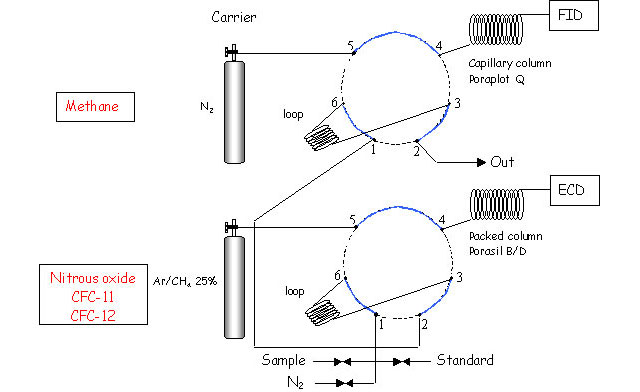
Figure 2: scheme of the gas chromatograph configuration
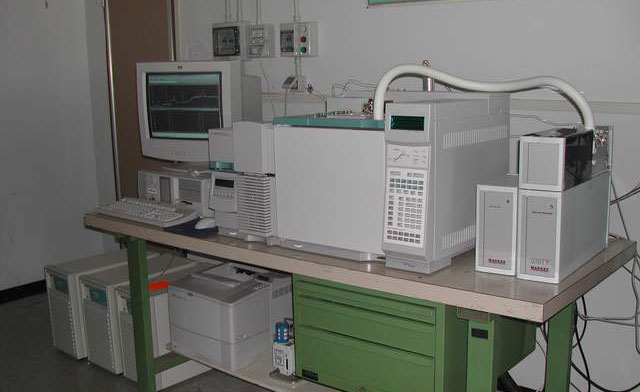
Figure 3: easurement system for HCFCs, HFC and SF6, placed in the ENEA laboratories of Rome-Casaccia. The apparatus is composed by a preconcentration system, a gas chromatograph and a mass spectrometer.
An Agilent GC 6890 coupled with a 5973 N mass spectrometer dedicated to the detection of hydrochlorofluorocarbons (HCFCs), has been recently installed at the ENEA
laboratory of Casaccia in Rome. The HCFCs compounds are used since 1995 to replace CFCs in refrigerators and air conditioning systems, and are powerful greenhouse
gases. They are present in the atmosphere at extremely low concentrations (few parts per trillion), and thus are very difficult to be detected. For this reason
the analizer is equipped with a preconcentration system (Markes Air server/Unity thermal desorber). This system contains a cold trap specific for HCFCs, maintened
at -15°C by a Peltier cell during the sampling step (see Figure 4).
This process is followed by a desorption step during which the trap is rapidly heated up to 200°C (see figure 5).
The measurement line, at present in the optimization phase, will be dedicated to the analysis of air samples collected at Lampedusa.
This process is followed by a desorption step during which the trap is rapidly heated up to 200°C (see figure 5).
The measurement line, at present in the optimization phase, will be dedicated to the analysis of air samples collected at Lampedusa.
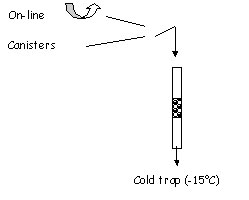
Figure 4: Air Server sampling step
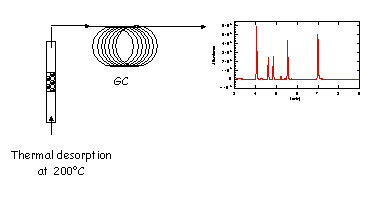
Figure 5: thermal desorption and GC injection
